COVID-19 continues to change life as we know it.
The world is different now. We don’t know exactly where we’ll go from here. There’s no precedent; no guidebook. As a nonprofit organization, you’re no stranger to challenges, but no one has ever faced a challenge quite like this before.
The Chinese use two brush strokes to write the word ‘crisis.’ One brush

stroke stands for danger; the other for opportunity. In a crisis, be aware of the danger—but recognize the opportunity.
Take Advantage of Increased Internet Engagement
Digital marketing is an ideal way to distribute communications—especially crisis messaging—both quickly and cost-effectively. It’s also a solid strategy to keep your audience actively engaged with your organization. Plus, with crisis information that frequently changing during a crisis, the digital realm allows you to pivot fast and adjust your messaging in real-time.
The internet has become our main conduit for interacting with each other. With stay-at-home orders, people are more engaged online than ever before. That makes digital marketing one of the most effective tools to reach your audience. Savvy marketers will seize the opportunity to use digital marketing to promote their mission, build and strengthen relationships with existing supporters and cultivate relationships with potential supporters. Having a robust digital marketing strategy has never been more important. Focus on these steps to bolster your digital presence.
Google Ad Grants.
If you’re not already participating in Google Ad Grants, which allocates $10,000/month advertising credit-based grants to qualifying 501(c)(3) organizations, this is the perfect time to explore that option. As one of the first nine agencies globally to receive Ad Grants Certified Professional status from Google, Nonprofit Megaphone’s experts can show you how to use the program to spread awareness about your cause.
Meaningful Engagement
Many people are isolated right now and longing for connection. However, people are most likely inundated with messages from many different organizations trying to reach out during this time. So, it’s important to ask: How can you engage your donors and support your community in the most meaningful way? Focus on fostering relationships in a substantial way to raise your organization above the clutter.

High Quality Content
You may have heard the expression “content is king,” and the pandemic has made content especially important. In fact, you might even say content wears a larger crown than ever before! Content drives everything. But not just any content; high quality content. Relevant content that answers questions or is helpful in some other way, is what drives users to your site and keeps them there longer.
High Quality Content Engages Users
The creation of quality content should be the foundation of your website and its structure. I’s the best way to ensure you are strategically using relevant keywords across all content. Quality content helps attract and engage the right audience to your website. It moves users to take meaningful action. If the user finds the content valuable, they’re also more likely to share it. Creating valuable content not only benefits the user reading it but it also benefits your website’s search ranking. Google uses the quality of content and the links within the content to establish page rankings in search engine result pages (SERPs).
Quality content can be strategically used for generating high click through rates (CTR) and backlinks. The more users that visit your site and click on your content the better. Google will notice this and deem your information relevant to what users are searching for, and reward you with a higher ranking. In line with this, content that is designed to answer, help or inform users is also beneficial for backlinking, which will again improve your site’s overall performance in SERPs. Creating links to external sites can really help the user to get a better idea of the topic you are covering.
What is High Quality Website Content?
Various types of content, if done right, can be effective high quality content.
- Images
- Infographics
- Case studies
- Whitepapers
- Press releases
- Reviews or Testimonials
- Video
The Benefits of High Quality Content for SEO
In order for your content to be effective and get the required results, people need to be able to find it. Content can simply not be found without good Search Engine Optimization (SEO), a process used to optimize your website in order to ensure you are getting organic (un-paid) traffic from search engine result pages (SERP’s) such as Google). It includes the use of keywords, internal & external links, alt text and more. So, what exactly are the benefits:
- Content can be found easily
- Good rank positions
- Improved site score
- Increased website usability
- Enhanced user experience
- Reaching the right target audience
Messaging
During a crisis, clear and constant communication is always important. People crave information. Messaging during and about COVID-19 will likely vary based on your nonprofit’s service offerings, but all organizations can draw on their unique missions to be a force for good during these uncertain times. Consider messaging around these topics:
- Resources: Focus on providing information that you think could be helpful. Resources could include healthcare, food, financial relief and/or other resources. For example, although your organization may not have anything to do with financial relief, such as the CARES act, but you know of an organization that does, share the information. Now is not the time to be territorial.
- Priorities: How is your organization responding to the pandemic? Let supporters know what they can expect from you during this time, whether it’s a dramatic shift to help with the crisis or a promise to stay the course.
- Impact: Share how your organization is making an impact on the pandemic or, conversely, how the pandemic is impacting you. For example, if you are delivering food to the homeless, share a link for volunteers to join the effort. On the other hand, if your after-school program has been shut down, share a link to collect donations.
- Gratitude: Take a moment to let your supporters, who have been generous to your organization both before and during the pandemic, know how thankful you are. We could all use a little gratitude right now.
- Events: Update supporters on the status of your canceled or postponed in-person events. Even if you don’t have details or a plan yet, keep in touch.
- Inspiration: Pass along a message, photo or video just to brighten spirits.
Social Media

Having a presence on social media is especially important when you can’t be face-to-face with supporters. And it’s a practice that will continue to advance your mission going forward.
- Strategy: If you don’t have a social media outreach strategy yet, now is a great time to develop one. Consistent and frequent communication is key with social media, but it doesn’t have to be overwhelming. People will continue to follow your social media accounts if they can count on new information.
- Channels: Determine which social media websites your supporters use—Facebook, Instagram, Twitter, LinkedIn, or something else. This may require a bit of trial and error, but will be worth it once you’ve found your audience. Focus your energy only on the channels where you have an audience.
- Content: Plan posts ahead by using a content calendar. The content should be valuable to your audience, not necessarily what you feel is valuable.
- Reach: Use inexpensive social media advertising tools to broaden your reach. Even 50 dollars can go a long way.
- Response: Stay on top of comments, mentions, and messages. In these uncertain times, supporters will appreciate you being present and listening to them.
Email Marketing
- Strategy: Think through what you want to accomplish with email marketing. Set goals and stick to the plan.
- Contacts: Now is a great time to be as personal as you can be in your email communications. By matching names and other information to your email contacts, you can send messages that feel authentic and tailored.
- Design: Less is often more with email, whether it’s the length of your message or the complexity of your graphic design. Structure your messaging to capture attention, stir interest, create desire and drive action.
- Permission: The last thing you want to do is alienate or offend someone by inundating them with emails they don’t want. Always provide an opt-out option and be diligent about honoring those requests.
- Performance: Monitor open rate, click rate, bounced emails, and unsubscribes. These are valuable metrics that can help you determine the most effective outreach tools.
Yes, times are tough, and the coming months will probably continue to be trying. If you lean into digital marketing opportunities, your organization can reach its supporters and potentially gain new ones.
.svg)

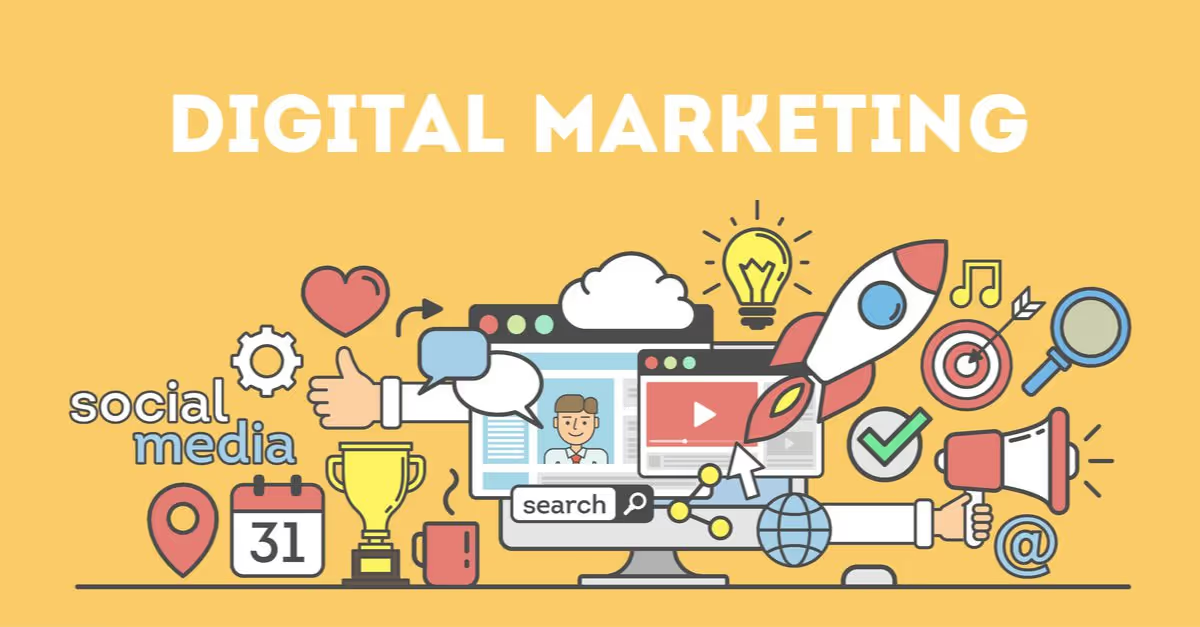
.svg)
.svg)
.svg)

.avif)





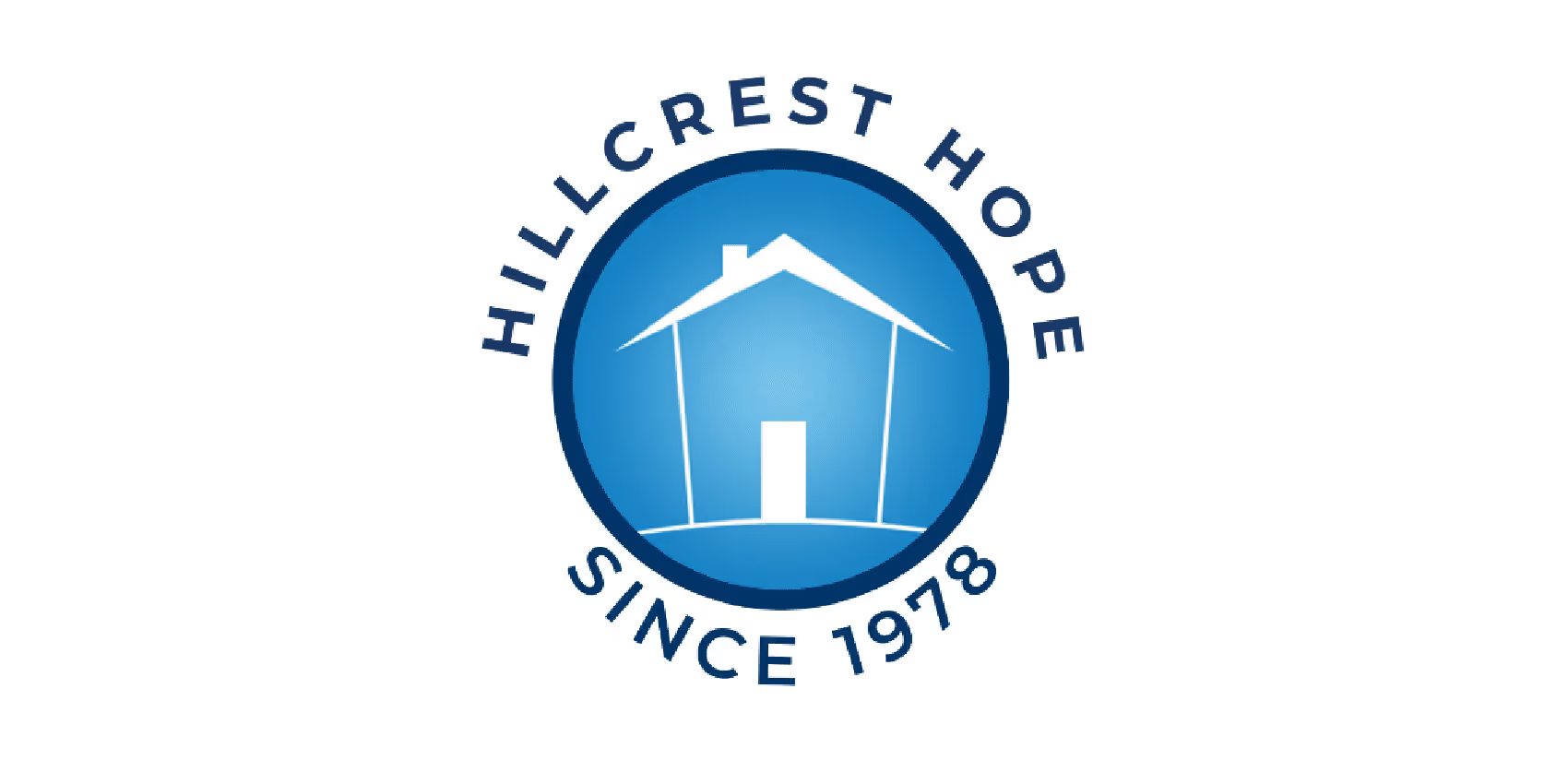
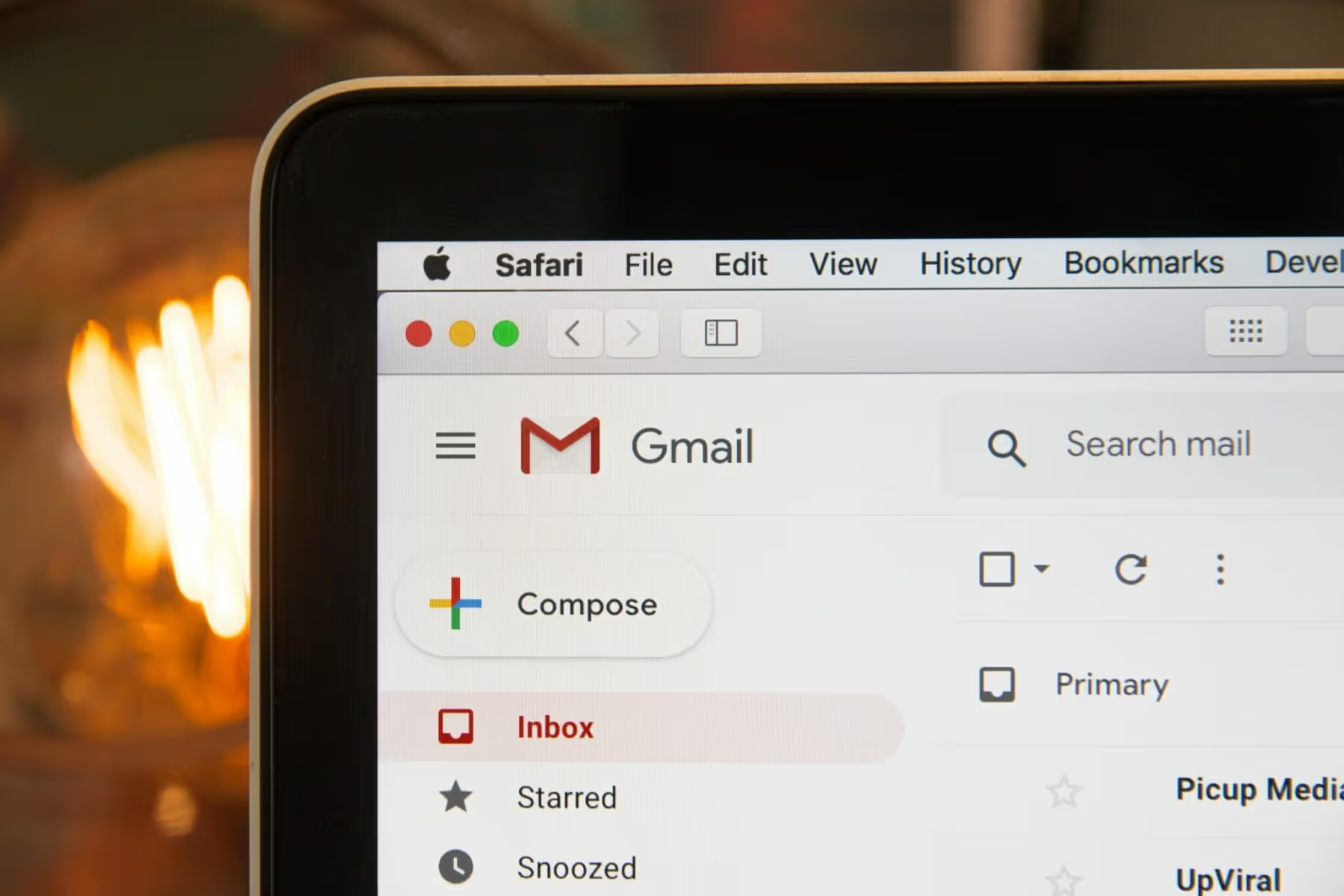


























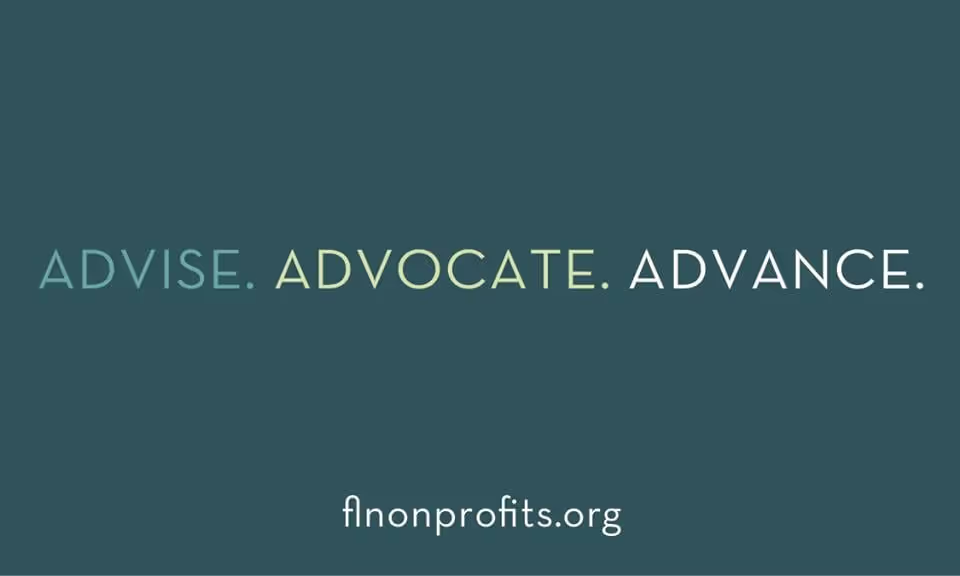


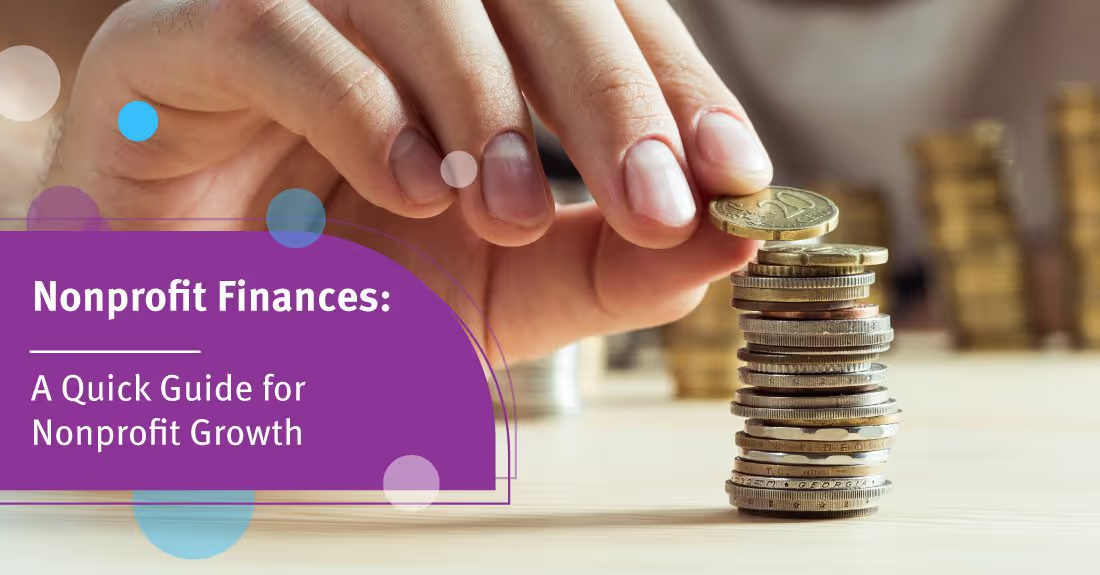






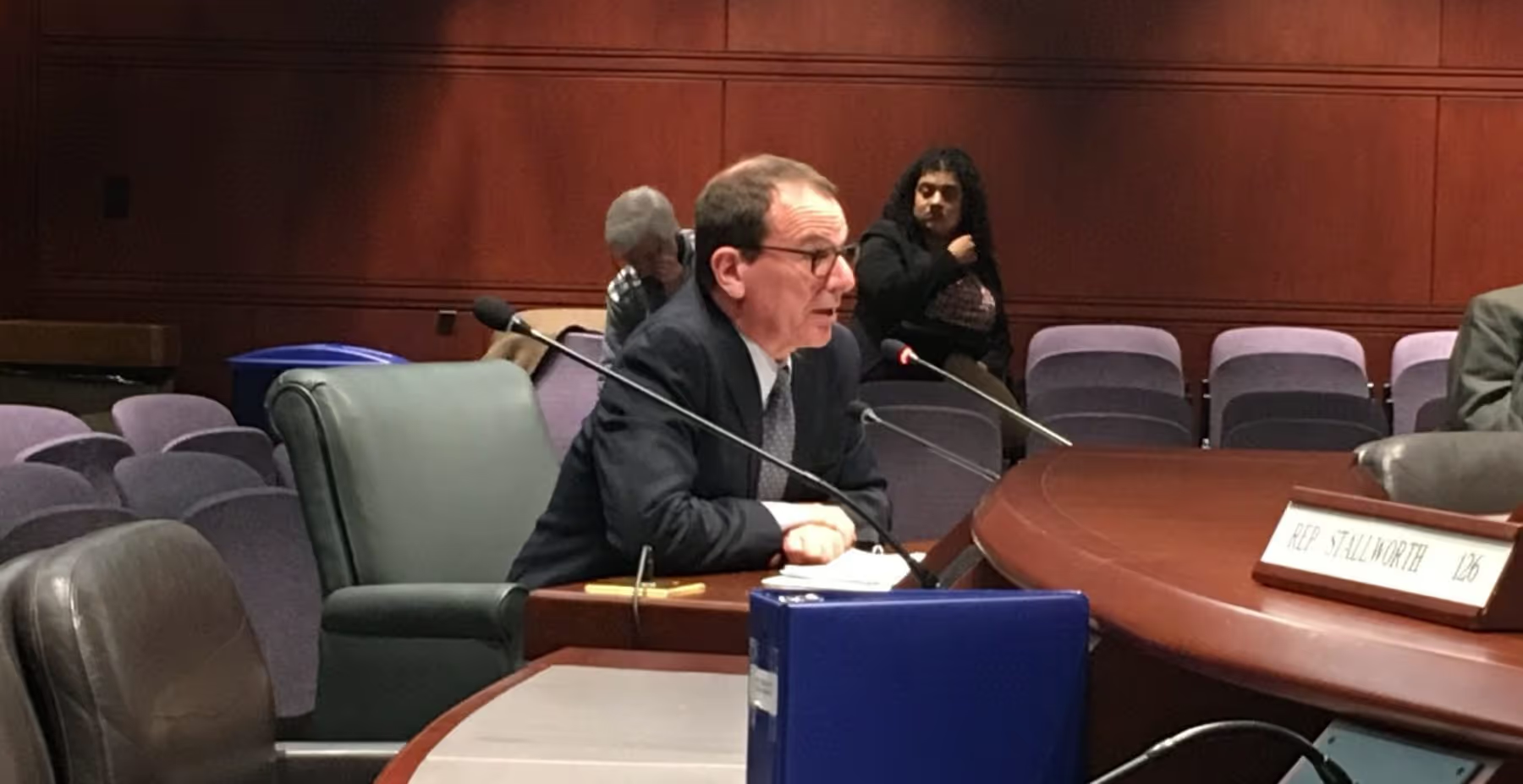

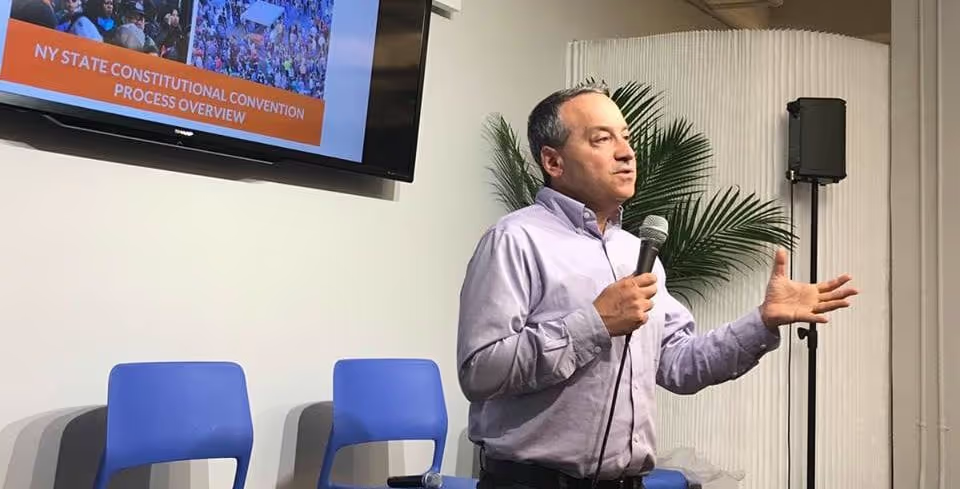




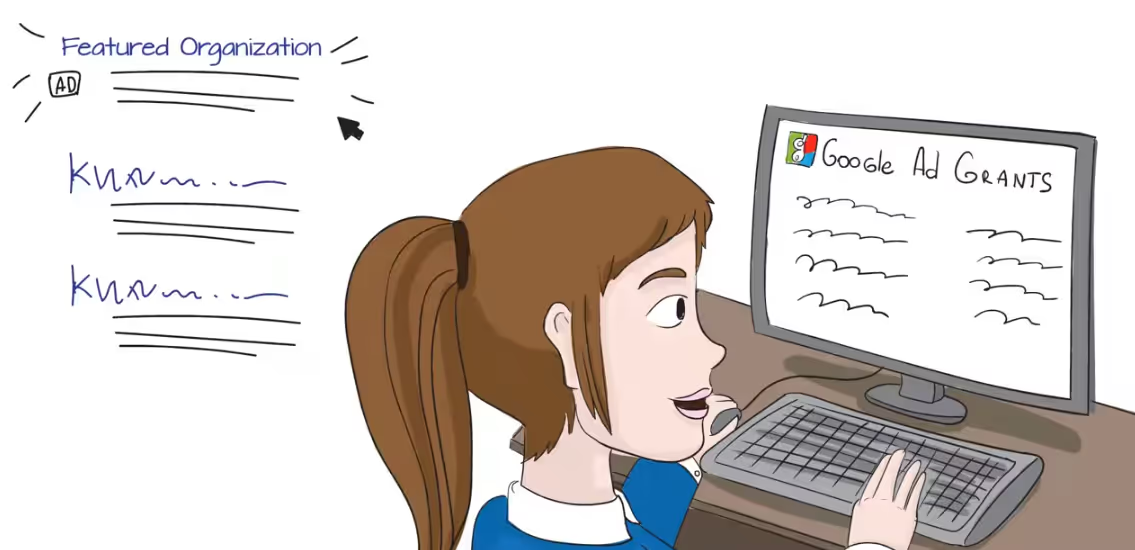













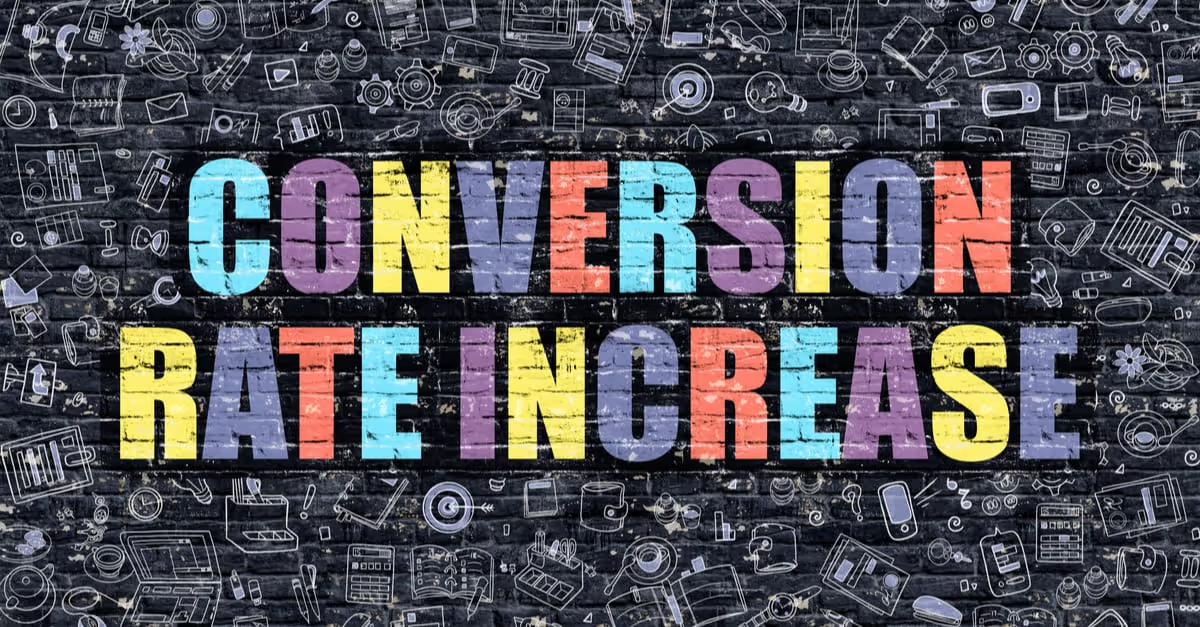







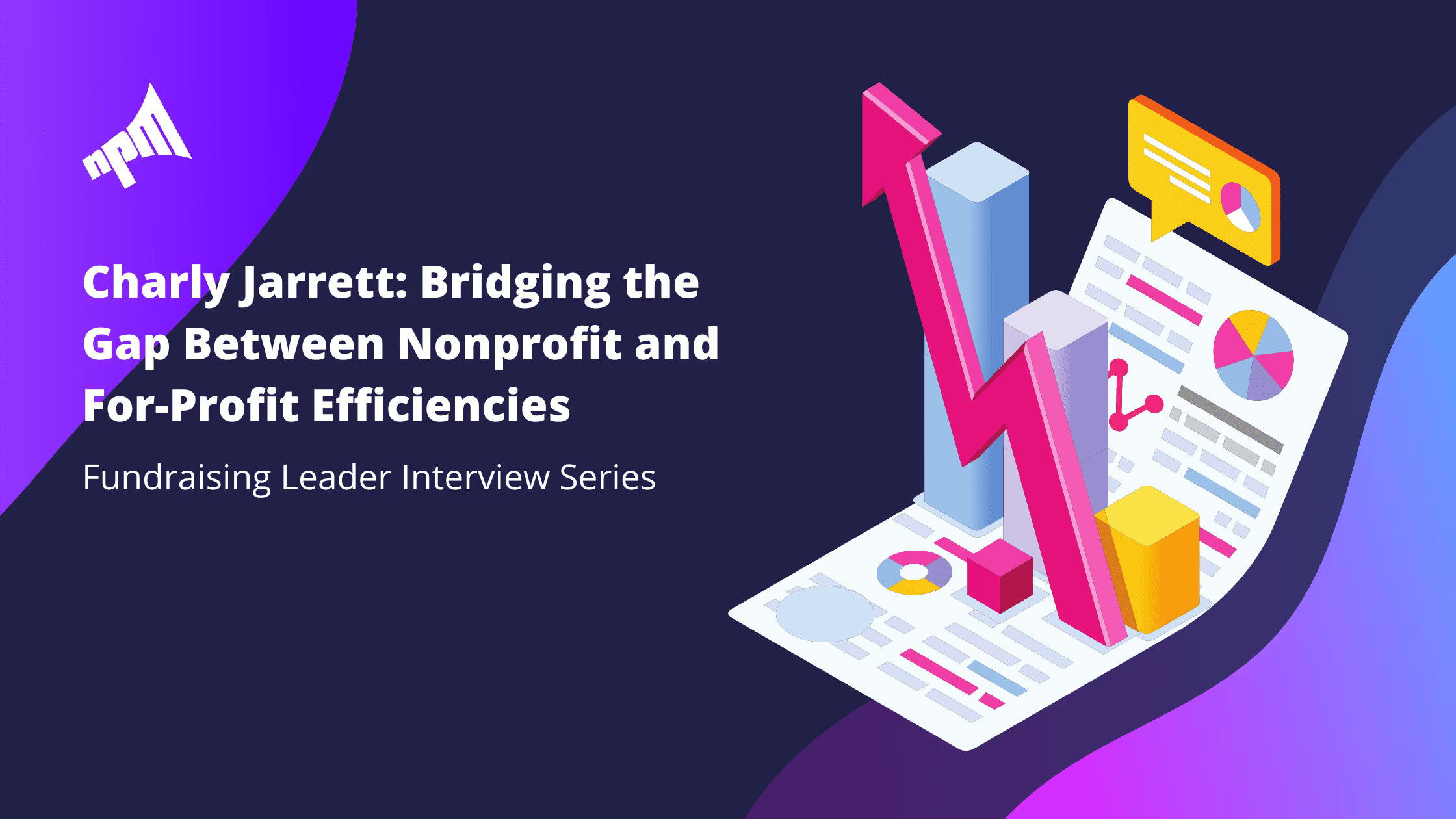

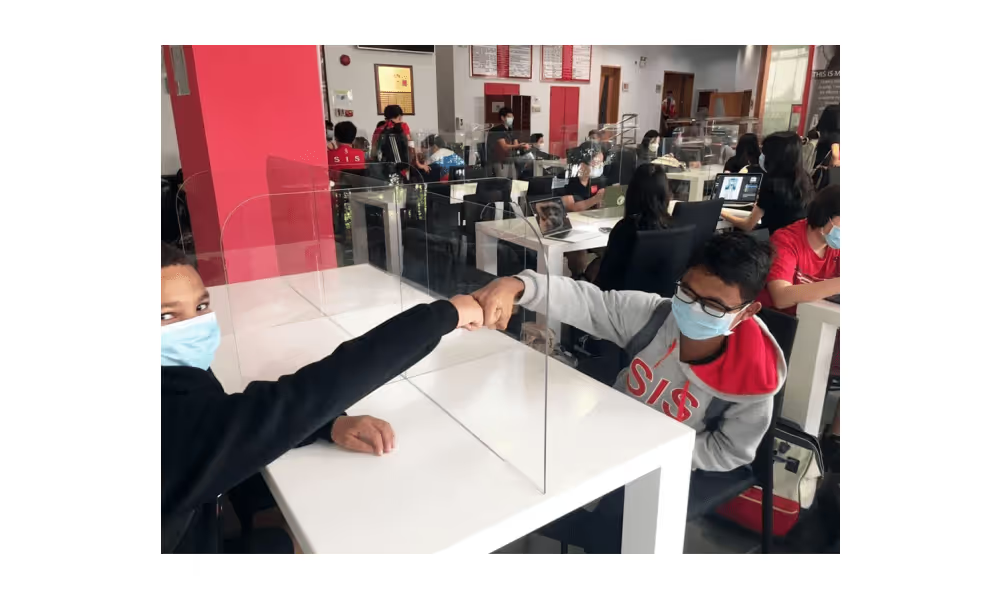








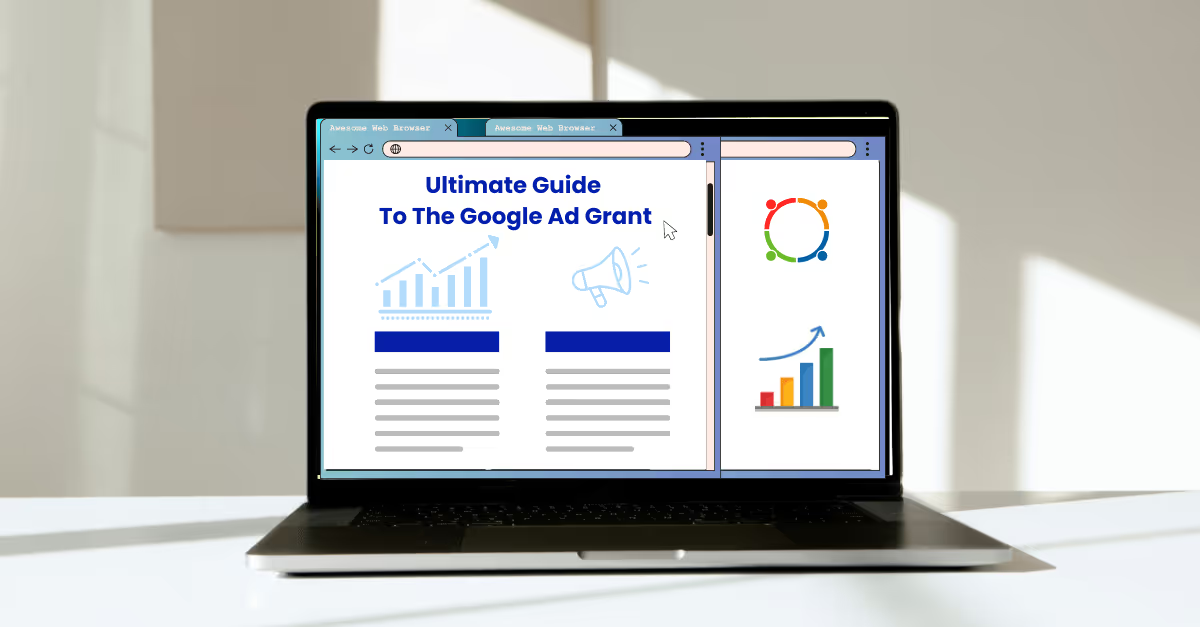
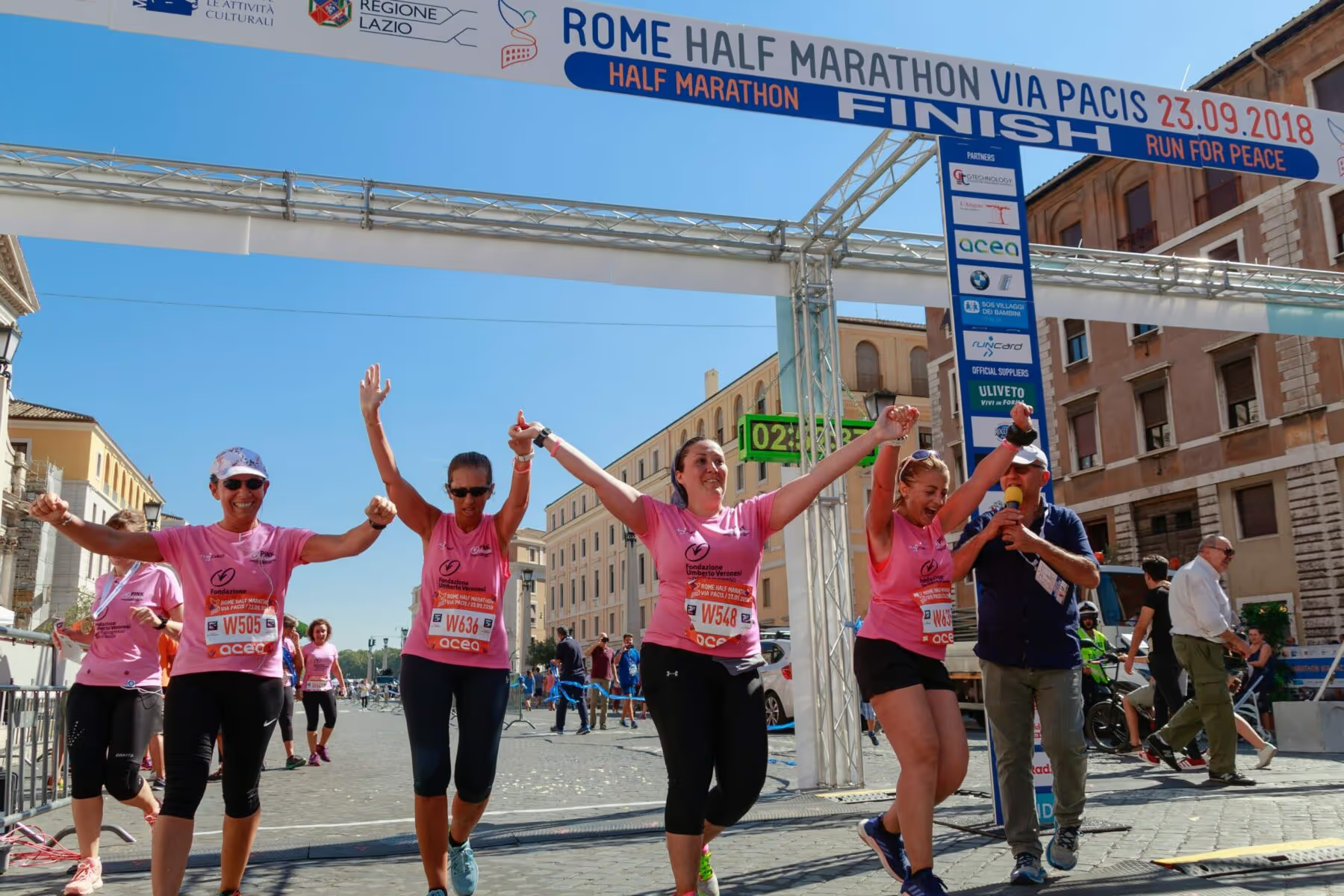








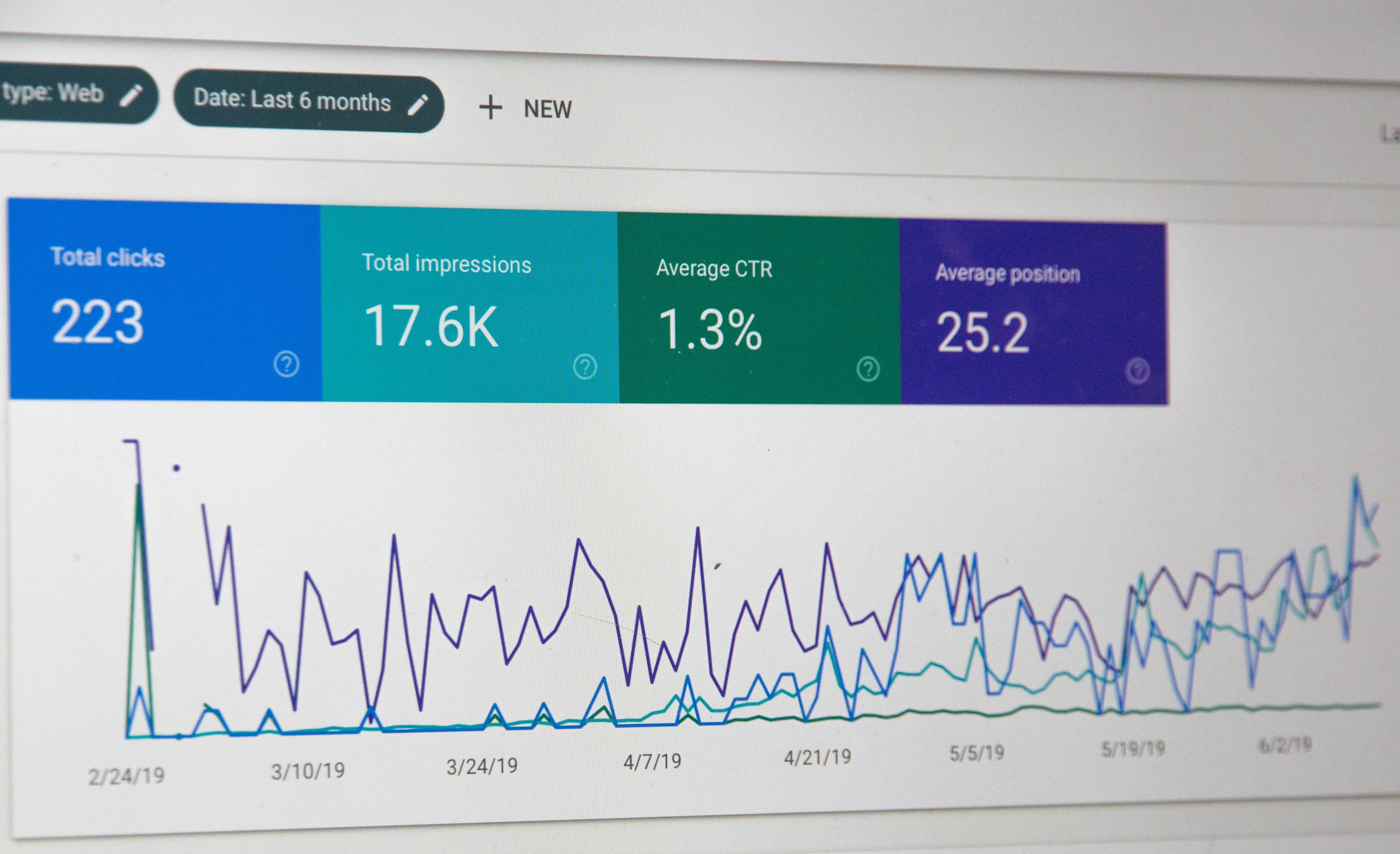
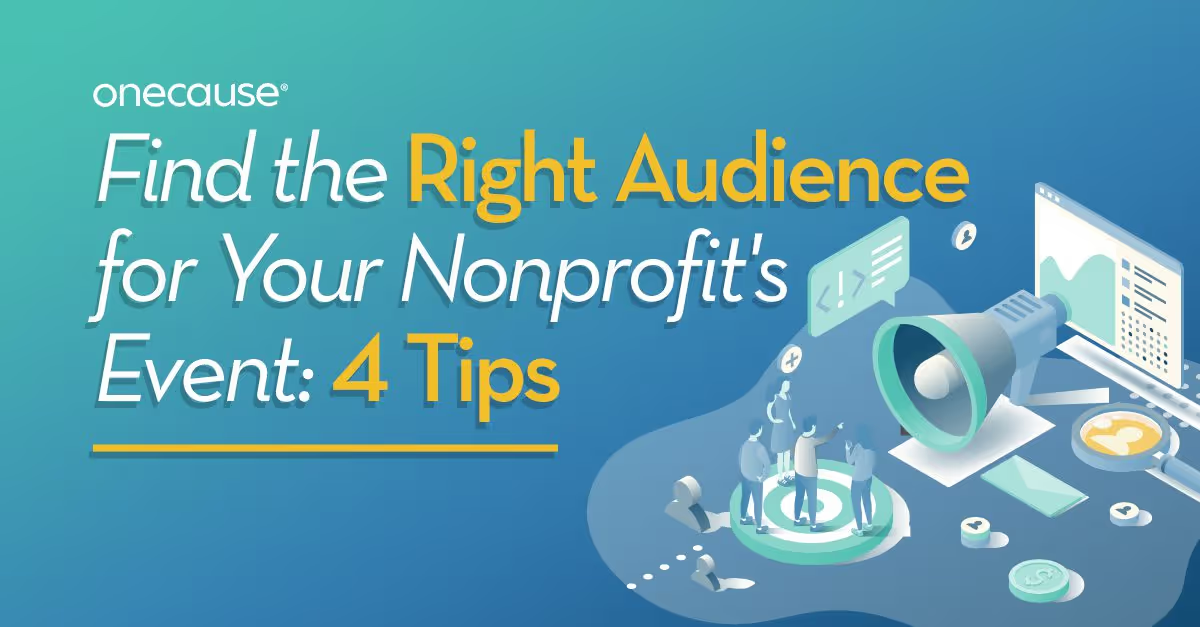

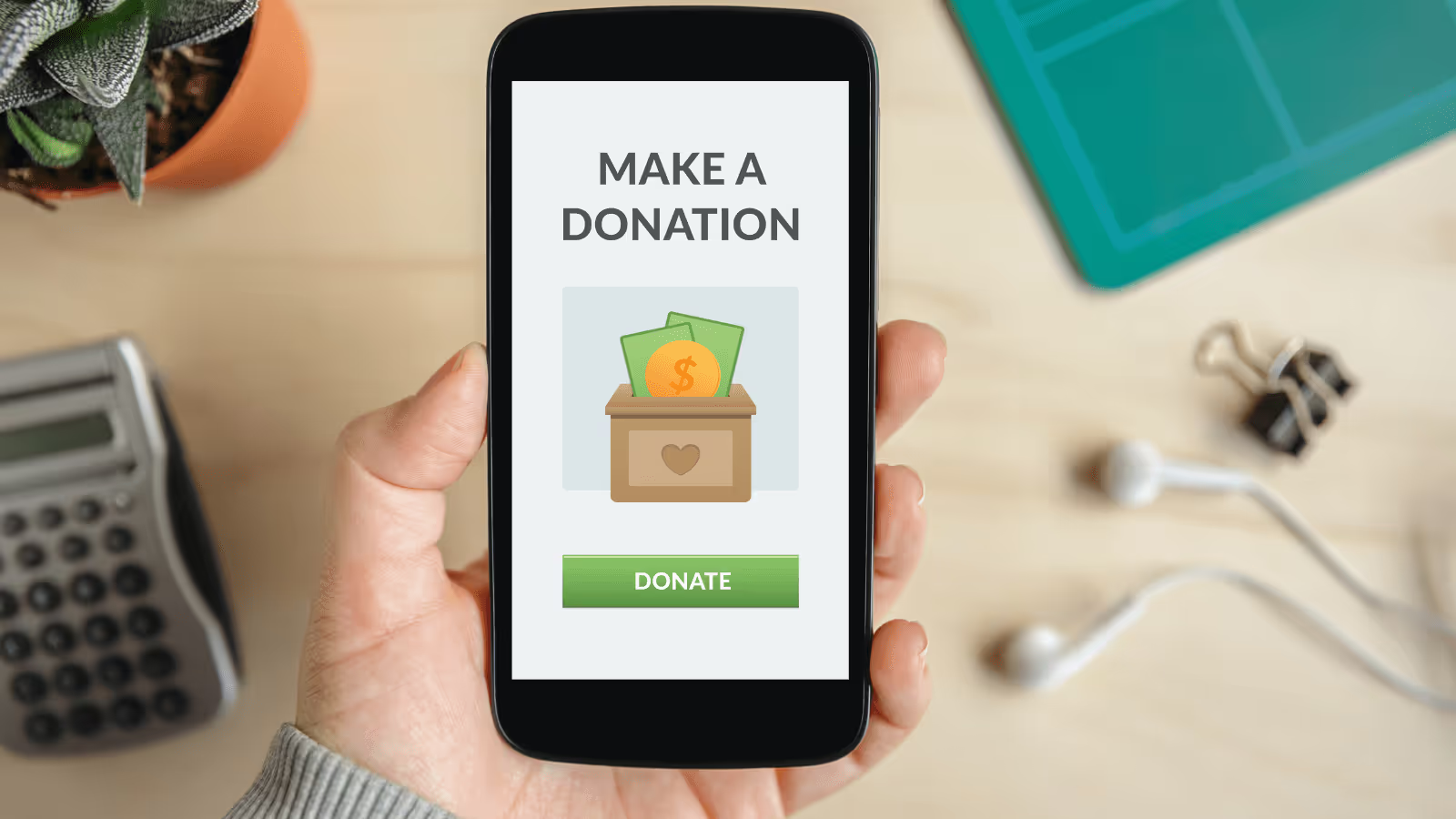







.svg)
.svg)
.svg)
.svg)